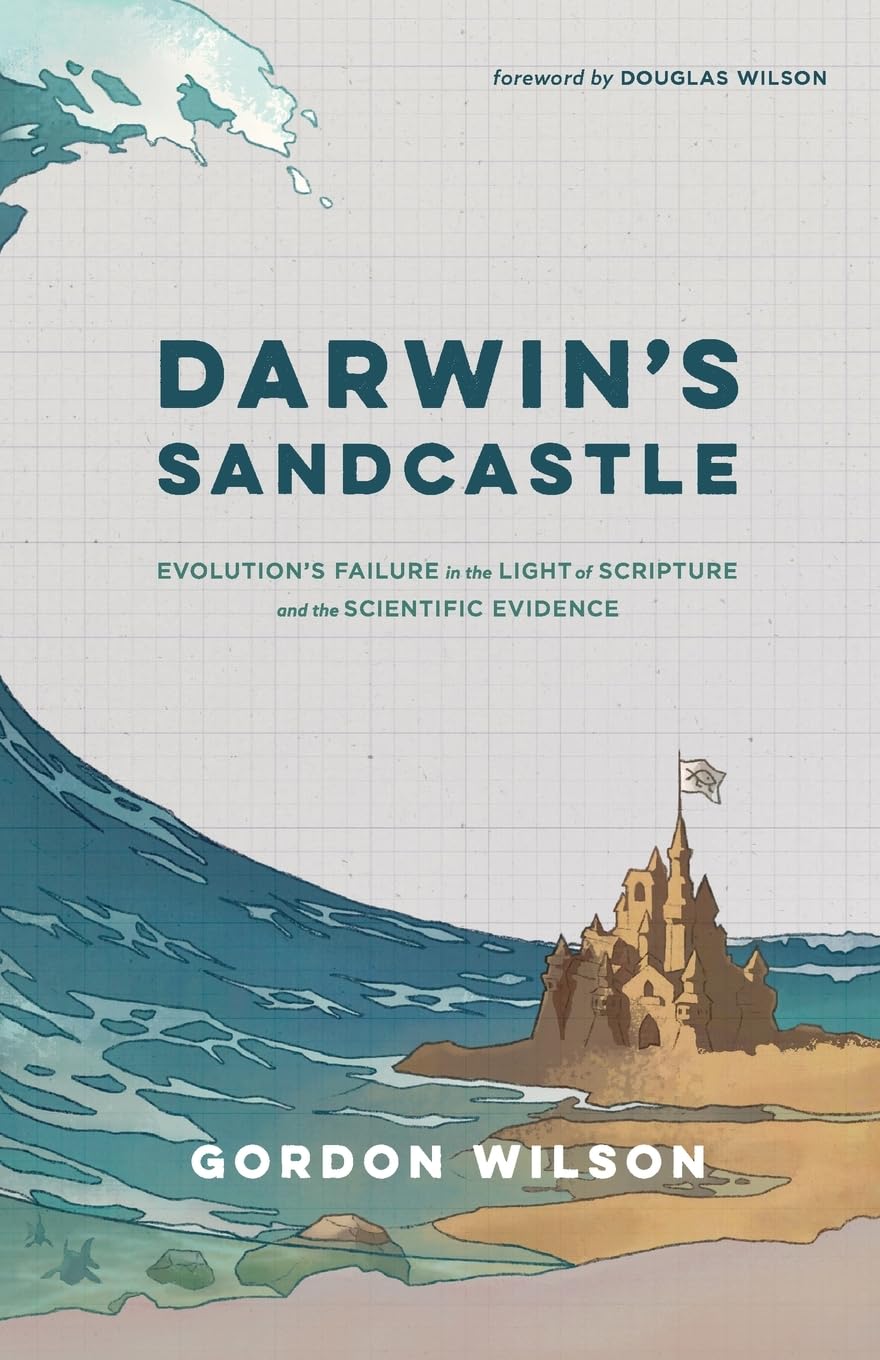Since the 1960s, biologists have understood that the shape of a protein is essential to its function. The molecular machines which are so important to the functioning of the living cell, are made up of precisely shaped proteins. And the shape is genetically controlled by the sequence of nucleotides in the DNA of the cell. What has concerned some scientists recently however is that there are proteins with similar shapes but the controlling nucleotide sequences are very different. Could a DNA sequence change but the protein shape remain the same? This is the evolutionary explanation that some scientists are promoting.
The problem is that even a relatively small protein can collapse into a huge number of possible shapes. It depends upon which folds come first, what the final shape is. Obviously also, it is much harder to figure out interactions in a large protein. Scientists have long sought to discover all the ways that strings of amino acids could potentially fold and they also want to know the ways in which they actually do fold. The Protein Structure Initiative was set up in 2000 to seek a complete understanding of elaborate protein folds. Some critics complained that in the first ten years, this laboratory studied mainly easier proteins of little biological significance. Thus of 5000 proteins for which folds had been mapped, only 128 were human proteins. Human proteins tend to be larger and more difficult to work with than proteins from some microbes.
Obviously, the use of supercomputing power is a must for studying protein structure. With all the complexities of three-dimensional shape in the finished protein and long chains of amino acids needing to be appropriated collapsed, it typically took a month of supercomputing time to solve one structure. Scientists at the time (about 2010) thought that we could achieve better results if we had supercomputers 1000 times faster than were then available! Fast forward to 2022.
Like many fields of science, AI (Artificial Intelligence) is causing great advances in the study of protein folding based on the genetic sequence. Up until now of course, figuring out protein folding and thus its structure, has been a formidable problem. But in July 2021, the London-based firm DeepMind, part of Alphabet (Google’s parent company) made public an artificial intelligence tool called AlphaFold. This software can apparently predict the three-dimensional shape of many proteins from their genetic sequence with, for the most part, impressive accuracy. That same month in 2021, DeepMind announced that it had used the AlphaFold program to predict the structure of nearly every protein made by humans as well as proteins from several other organisms.
So far so good (and exciting!) But in any field of biology, can thoughts of evolution be far behind? Some experts pointed out that comparisons of proteins structure could be interesting in evolutionary comparisons. The scientists already had comparisons of genetic sequences in hand. So, what other information might be relevant? This is where counter-intuitive explanations come into play. The article on AlphaFold declared: “Researchers compare genetic sequences to determine how organisms and their genes are related across species. For distantly related genes, comparisons might fail to turn up evolutionary relatives because the sequences have changed so much. But by comparing proteins structures – which tend to change less rapidly than genetic sequences – researches might be able to uncover overlooked ancient relationships.” [Ewan Callaway. 2022. What’s Next for the AI Protein-folding Revolution. Nature 604: pp. 234-238. See p. 236.]
Oh really? Are they saying that there is protein structure which does not change at the same time as the controlling DNA sequence changes? This is the opposite of what scientists have concluded since the 1960s and the opposite of the premises of the AlphaFold study. In some instances, however, scientists believe that there was a common ancestor from which modern organisms descended, but the DNA sequences in the modern organisms are too different to conclude that they had a common origin. Not to worry, the article in Nature insists. We can compare protein shape instead. The structures may be close enough to conclude that these proteins, from separate organisms, once had a common ancestor even if the DNA sequences look different.
So, there we have it. Whether there is sequence similarity or not, scientists may still accept common ancestry based on shape of the proteins. Heads you win, tails you win!
The evolutionists are thus promoting opposite explanations for their observations of similar protein structures. Evolution then fails as an explanation. As far as we are concerned, nothing is too hard for God. He can produce whatever shape of protein molecule He likes, using many alternative DNA sequences. The situation we see here perfectly demonstrates the power and the work of God, the Creator.
Margaret Helder
January 2023
Subscribe to Dialogue







